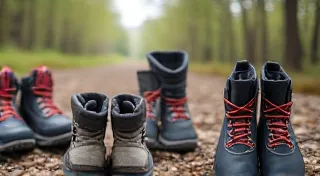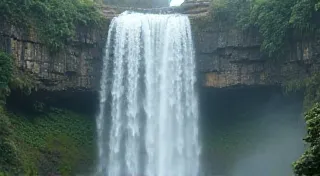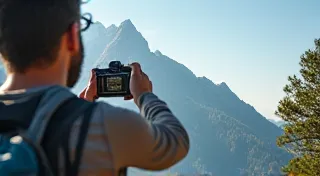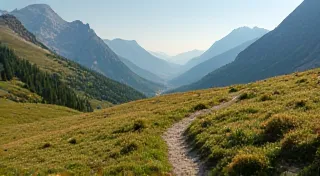Hiking Gear Checklist: Essential Items for Every Hike
Planning a hike? It's more than just lacing up your boots. Having the right gear can make the difference between a memorable adventure and a miserable experience. This comprehensive checklist covers the essentials for every hike, regardless of length or difficulty. We've broken it down into categories to help you organize and ensure you're prepared for anything the trail throws your way.
1. The Essentials: The "Can't Leave Home Without It" Gear
Before you even start thinking about what to pack, it's crucial to understand the understanding trail difficulty ratings. A seemingly easy hike can quickly become challenging if you’re not properly equipped for the terrain and distance.
- Backpack: Choose a size appropriate for the length of your hike. Day hikes typically require 20-35 liter packs.
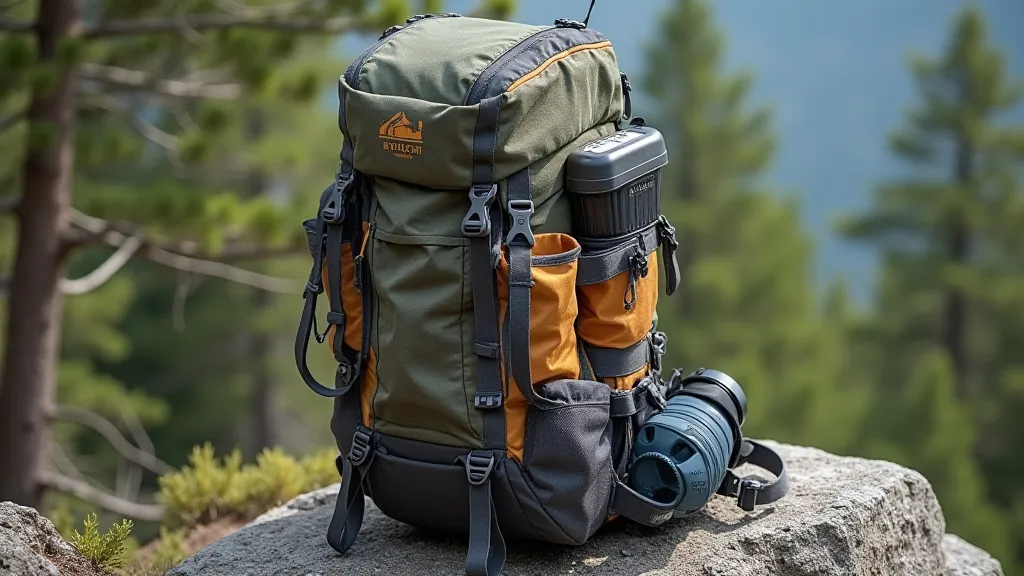
- Water Bottle/Hydration Reservoir: Hydration is key! Carry enough water for your planned hike, plus extra. Consider investing in a high-quality hydration reservoir for ease of use, especially on longer hikes where frequent stops for water refills aren't ideal.
- Food: Energy bars, trail mix, nuts, dried fruit - pack nutrient-rich snacks to keep you fueled. Don't forget to factor in extra calories if you anticipate a particularly strenuous hike.
- Navigation: Map and compass (and the knowledge to use them!), or a GPS device with pre-loaded trail maps. Even with a GPS, a physical map is a valuable backup. Knowing how to read a topographical map is an essential skill for any hiker.
- Headlamp or Flashlight: Even if you're not planning to hike at night, it's always good to have a light source in case of delays. A reliable headlamp with extra batteries is a small investment that can save you from a potentially dangerous situation.
2. Staying Safe: Safety and First Aid
Safety is paramount when venturing into the wilderness. A well-prepared first-aid kit and knowledge of basic wilderness first aid can be invaluable. Even experienced hikers can encounter unexpected injuries or illnesses.
- First-Aid Kit: A well-stocked kit is a must. Include bandages, antiseptic wipes, pain relievers, blister treatment, and any personal medications.
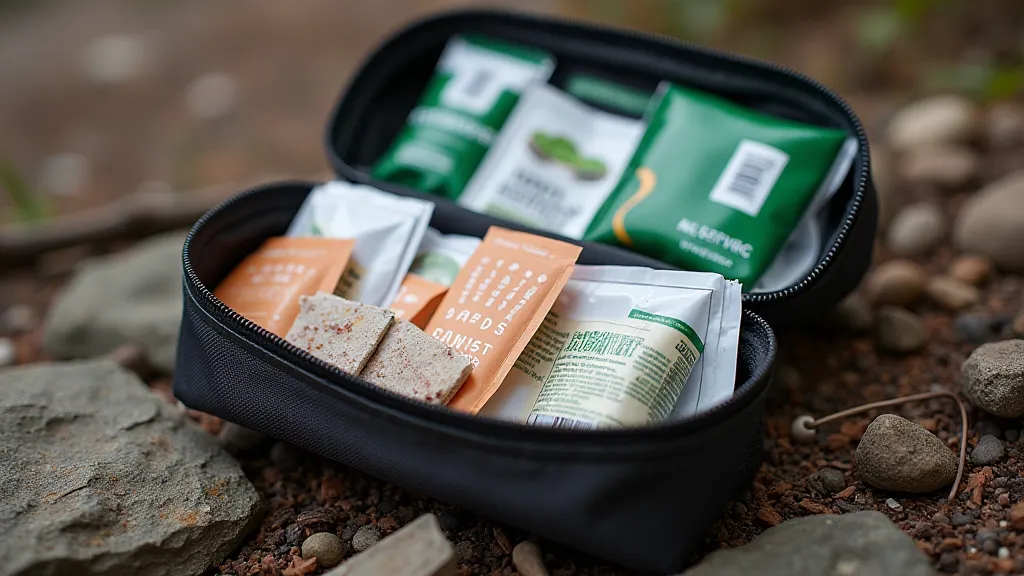
- Sun Protection: Sunscreen, hat, and sunglasses. The sun's rays are amplified at higher altitudes. Reapply sunscreen frequently, even on cloudy days.
- Insect Repellent: Ticks, mosquitoes, and other biting insects can quickly ruin a hike. Choose a repellent with a high concentration of DEET or picaridin for maximum effectiveness. Consider treating your clothing with permethrin for added protection against ticks.
- Emergency Shelter: A lightweight emergency blanket or bivy sack can provide protection from the elements in unexpected situations. These are incredibly compact and can make a significant difference in a survival scenario.
- Whistle: A loud whistle can be crucial for signaling for help. Practice using it to ensure you can generate a loud, clear signal.
3. Comfort & Clothing: Layers and Protection
Choosing the right clothing is just as important as any piece of gear on your checklist. The key is layering – this allows you to adapt to changing weather conditions. Proper footwear is especially important; you might want to check out a hiking boots review to find the best fit and support for your needs.
- Hiking Boots or Trail Shoes: Proper footwear is critical for ankle support and traction. Make sure your boots are well broken-in before embarking on a long hike to avoid blisters.
- Moisture-Wicking Socks: Avoid cotton socks, which can lead to blisters. Wool or synthetic socks are much better choices, as they wick away moisture and help prevent chafing.
- Layered Clothing: Base layers, insulating layers, and a waterproof/windproof outer layer. Weather conditions can change rapidly.
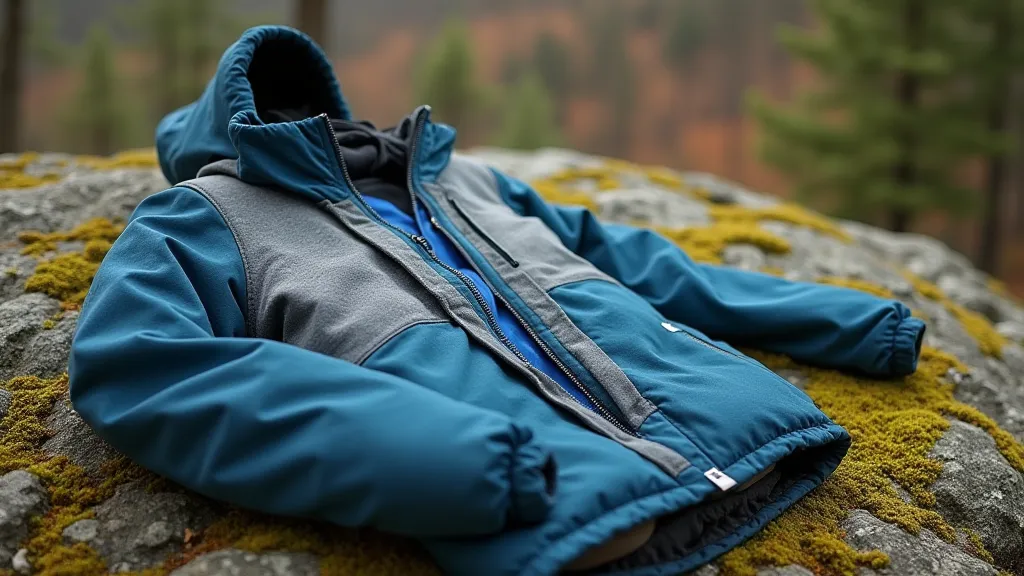
- Rain Gear: A waterproof jacket and pants are essential, even if the forecast looks clear. Look for breathable rain gear to prevent overheating.
- Gloves or Mittens: Even in warmer weather, gloves can provide warmth and protect your hands. Consider bringing liner gloves for added versatility.
4. Optional but Recommended: Enhancing Your Hike
While the items listed above are considered essential, there are several optional items that can significantly enhance your hiking experience. If you plan on spending a lot of time in the backcountry, consider investing in a reliable best solar charger to keep your devices powered up.
- Trekking Poles: Provide stability and reduce strain on your knees, especially on steep terrain. Learn how to properly adjust and use trekking poles for maximum benefit.
- Binoculars: For observing wildlife and enjoying scenic views. A compact pair of binoculars is easy to carry and can provide hours of entertainment.
- Camera: To capture the beauty of the outdoors. Protect your camera from the elements with a waterproof bag or case.
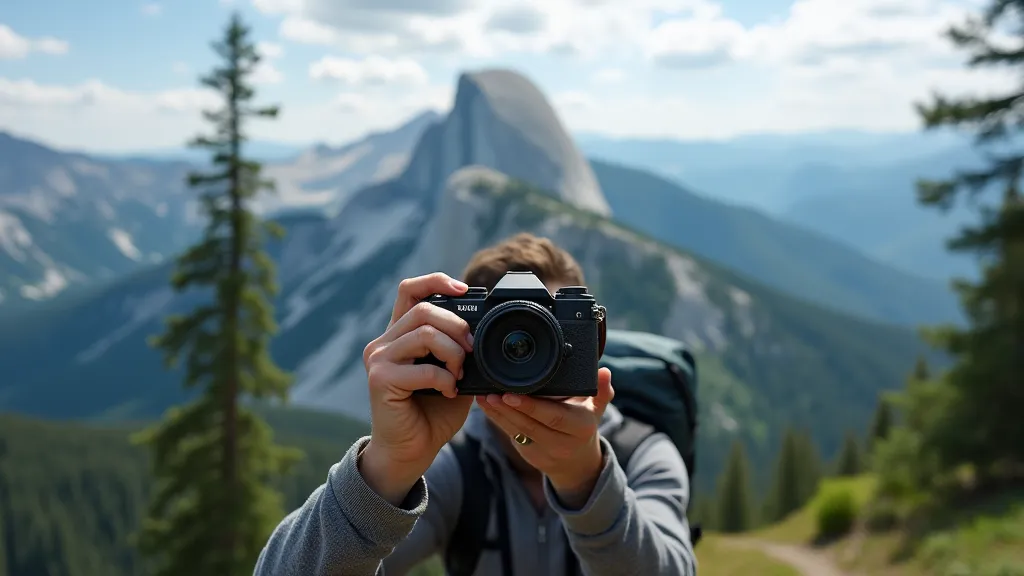
- Repair Kit: Duct tape, cordage, and a multi-tool can be lifesavers for minor gear repairs. Learn basic repair techniques before you go.
Remember to check the weather forecast before your hike and adjust your gear accordingly. Happy trails!
Beyond the Checklist: Considerations for Different Hikes
This checklist provides a solid foundation for most hiking trips. However, the specific gear you need will vary depending on the length, difficulty, and location of your hike. For example:
- Backpacking trips: Require a larger backpack (50-75 liters), a tent or tarp, a sleeping bag, a sleeping pad, and cooking equipment.
- Winter hikes: Demand extra layers of warm clothing, insulated boots, and potentially snowshoes or microspikes.
- Desert hikes: Require extra water, sun protection, and knowledge of how to avoid heat exhaustion.
- Mountain hikes: Benefit from trekking poles for stability and potentially a helmet for rockfall protection.
Leave No Trace Principles
As responsible hikers, it’s important to practice Leave No Trace principles to minimize our impact on the environment. These principles include:
- Packing out everything we pack in.
- Staying on designated trails.
- Respecting wildlife.
- Minimizing campfire impacts.
- Being considerate of other hikers.
By following this checklist and practicing Leave No Trace principles, you can ensure a safe, enjoyable, and environmentally responsible hiking experience. Always prioritize safety and be prepared for the unexpected. The wilderness is a beautiful and rewarding place, but it demands respect and preparation.
